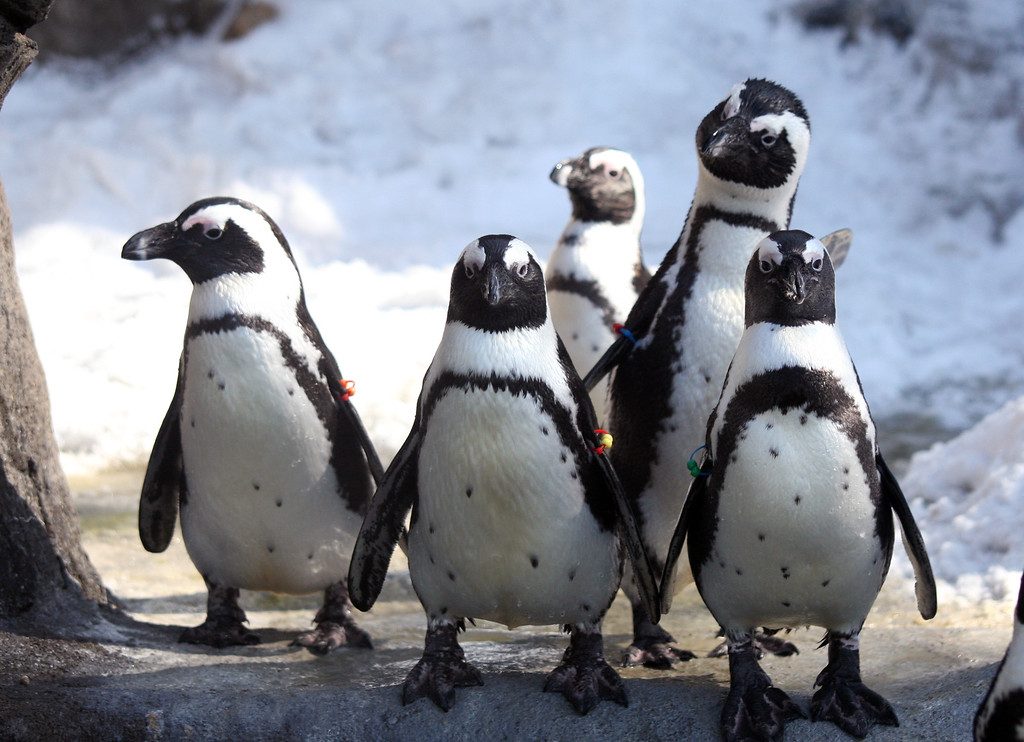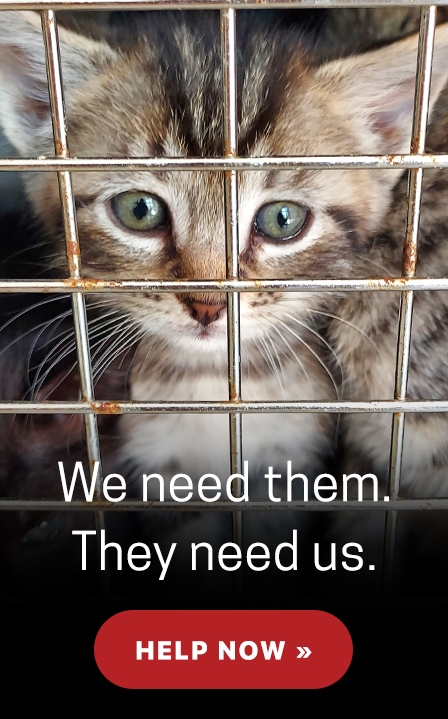In honor of National Zoo and Aquarium month, American Humane is celebrating Humane Certified™ zoological facilities and the incredible work they do to save species, provide life-saving research and education, and inspire millions of visitors each year to protect the animals that they see and interact with. The following blog post was submitted by Turtle Back Zoo.
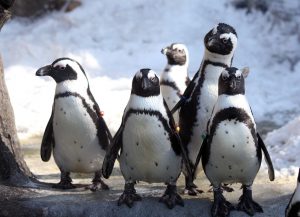
Why We Need Zoos
Millions of diverse creatures inhabit our planet earth. One thing that all life has in common is that each organism evolved to serve a biological function within its own habitat that helps provide a tenuous balance to its ecosystem. Each of these living things does a delicate dance of survival every day in an effort to perpetuate their species, and the loss of any one organism can result in decreased biological diversity and ecosystem health. As a direct result of recent human impact on our environment, survival is becoming an insurmountable challenge. Habitat loss, lack of food, pollution, climate change, and overhunting all contribute to the growing threat to survival. In areas of civil conflict, the impact is even greater[1]. Without active intervention, potentially 30 to 50 percent of all living things are in danger of becoming extinct within 20 to 30 years[2].
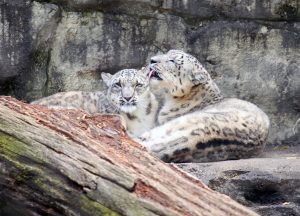
The Modern Zoo
The modern zoo (or aquarium) is very different from the ceremonial animal collections or menageries that dominated the past 5,000 years. Instead, over the last half-century zoos have evolved to become leaders in wildlife conservation, education, and research with highly trained wildlife biologists, educators, and zoologists leading the charge in protecting the environment. At the heart of the modern mission is forging the meaningful connection between our visitors and our ambassador animals that leads to better global stewardship of all living things – a lofty goal.
Like other committed conservation organizations, Essex County Turtle Back Zoo (TBZ) employs a professional staff that is dedicated to wildlife conservation and better stewardship. To our visitors, we offer accessible opportunities to learn about, connect to, and actively advocate for our ambassador animals and their wild counterparts. Our education programs and animal experiences are diverse, meaningful, and available to our community and create excitement and investment in protecting our vanishing wildlife and wild places. TBZ, like most zoos located in or near major cities, also serves a diverse community and provides opportunities for all to engage with wildlife that is not equally available to everyone without travel. We give our visitors a view into the vanishing world.
The modern zoo highlights its animals by creating exhibits and living spaces that honors the ambassador animal, its wild counterpart, their real-life conservation challenges, and the human culture within which they exist. Animal care staff are experts that provide the best physical, mental, and emotional care to all their animals, from lizards to leopards. Zoos are, and should be, dynamic spaces; as TBZ continues to replace outdated spaces with new exhibits, we strive to tell a compelling story that will deeply inspire our visitors to become better global stewards. Our recent Masai giraffe, African lion, spotted hyena, and African penguin exhibits exemplify the modern approach to exhibit design and animal care and are destinations that truly transport the visitor to the savanna and coast of Africa.
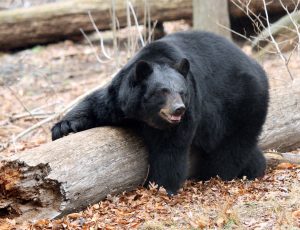
Why Public Support Matters
Public support of TBZ allows us to create important conservation partnerships. Recently, we partnered with Sea Turtle Recovery, a local sea turtle rehabilitation facility, and Pangolin Conservation, a global organization that focuses on pangolin conservation education. These relationships advance our mission into the rehabilitation/release and rigorous scientific research directions of conservation. Public support of Turtle Back Zoo (and all zoos) also allows us to serve our mission directly within our densely populated community. TBZ serves almost 1 million guests each year, which is an opportunity for us to engage in almost 1 million conservation conversations about our animal ambassadors! As our global family faces a catastrophic loss of biological diversity and climate stability, each conservation conversation has the potential to spur a behavior change that will positively affect global conservation.
- Daskin, J. H. and Pringle, R. M. 2018. Warfare and wildlife declines in Africa’s protected areas. Nature 553, 328-332.
- Thomas, C. D., A. Cameron, R. E. Green, M. Bakkenes, L. J. Beaumont, Y. C. Collingham, B. F. N. Erasmus, M. Ferreira de Siqueira, A. Grainger, Lee Hannah, L. Hughes, Brian Huntley, A. S. van Jaarsveld, G. F. Midgley, L. Miles, M. A. Ortega-Huerta, A. Townsend Peterson, O. L. Phillips, and S. E. Williams. 2004. Extinction risk from climate change. Nature427: 145–148.

